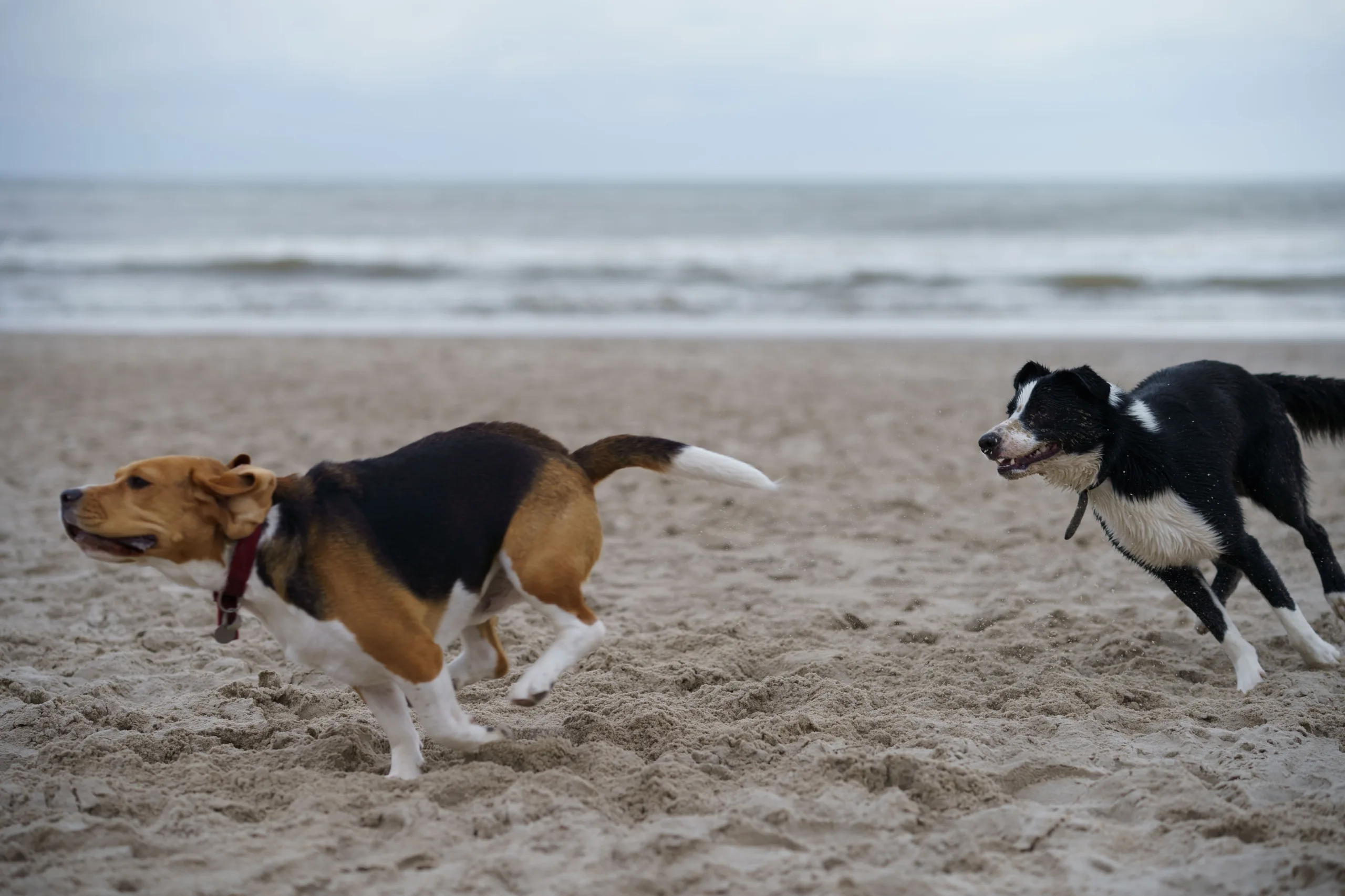How to Make a Dogs Testicle Drop? Cryptorchidism, commonly referred to as “retained testicles” or “undescended testicles,” is a condition that can affect male dogs. In cryptorchidism, one or both testicles fail to descend into the scrotum as the dog matures. This condition can pose potential health risks and complications, necessitating appropriate management. In this comprehensive guide, we will explore cryptorchidism in dogs, including its causes, potential risks, treatment options, and essential considerations for dog owners. Understanding cryptorchidism and its implications can help ensure the well-being of your canine companion. Let’s delve into the world of undescended testicles in dogs and address this condition with care and knowledge.
For more about dogs click here
Understanding Cryptorchidism in Dogs
Cryptorchidism occurs during the development of male puppies while they are still in the womb. Normally, the testicles begin to form inside the abdomen and gradually descend into the scrotum before or shortly after birth. In cryptorchidism, one or both testicles fail to descend completely, resulting in undescended or partially descended testicles.
Potential Risks of Cryptorchidism
Undescended testicles can pose health risks to male dogs and may lead to the following complications:
- Testicular Torsion: Undescended testicles are more susceptible to twisting, which can cause a painful condition known as testicular torsion. This twisting can lead to a reduction in blood flow to the testicle, requiring immediate medical attention.
- Increased Risk of Testicular Cancer: Retained testicles have a higher risk of developing testicular cancer compared to normally descended testicles.
- Infertility: Dogs with cryptorchidism are often infertile due to impaired sperm production and function.
- Behavioral Issues: Some dogs with cryptorchidism may exhibit behavioral problems due to hormonal imbalances.
Treatment Options for Cryptorchidism
The recommended treatment for cryptorchidism is surgical removal of the undescended testicle(s). Neutering (castration) is the standard procedure, involving the removal of both testicles if one or both are retained. Neutering helps prevent testicular cancer and eliminates the risk of testicular torsion. Additionally, it can prevent the transmission of genetic conditions associated with cryptorchidism.
What to Do if My Dog’s Balls Don’t Drop?
If you notice that your male dog’s testicles have not descended into the scrotum by the age of 2 to 6 months, it is essential to consult your veterinarian. Your veterinarian can conduct a thorough physical examination and may recommend further diagnostic tests, such as abdominal ultrasound, to determine the location of the undescended testicle(s).
Why Haven’t My Puppy’s Balls Dropped Yet?
The timing of testicular descent can vary among individual puppies. While most puppies have fully descended testicles by 6 months of age, it is not uncommon for the process to take longer. In some cases, especially with cryptorchidism, the testicles may not descend at all. If your puppy’s testicles have not dropped by the age of 6 months, it is essential to seek veterinary evaluation and advice.
Do Dog’s Balls Have to Drop to Get Neutered?
In traditional neutering procedures, both testicles need to be descended into the scrotum for castration to take place. If one or both testicles are retained due to cryptorchidism, the surgical procedure may require additional techniques to locate and remove the undescended testicle(s). This type of surgery is more complex than a standard neutering procedure and may require a specialized veterinary surgeon.
How Late Can a Dog’s Balls Drop?
In some cases, testicles may descend later than expected, even up to 9 months of age. However, if the testicles have not descended by this age, it is less likely that they will descend naturally, and cryptorchidism may be the cause. Early detection and treatment are essential to prevent potential complications associated with retained testicles.
When Can I Cut My Dog’s Balls?
Surgical removal of the testicles is typically performed once the dog reaches sexual maturity, which is usually around 6 to 9 months of age. However, if cryptorchidism is suspected or diagnosed, the surgical procedure for neutering with retained testicles should be performed as soon as possible to prevent potential health risks.
FAQs on How to Make a Dogs Testicle Drop?
- What to do if my dog’s balls don’t drop?If your dog’s testicles have not descended into the scrotum by the age of 2 to 6 months, consult your veterinarian for evaluation and advice.
- Why haven’t my puppy’s balls dropped yet?The timing of testicular descent can vary among puppies. While most puppies have fully descended testicles by 6 months of age, it may take longer for some individuals. In cases of cryptorchidism, the testicles may not descend at all.
- Do dog’s balls have to drop to get neutered?In traditional neutering procedures, both testicles should be descended into the scrotum for castration. If one or both testicles are retained due to cryptorchidism, specialized surgery may be necessary.
- How late can a dog’s balls drop?In some cases, testicles may descend as late as 9 months of age. However, if the testicles have not descended by this age, cryptorchidism is more likely.
Conclusion on How to Make a Dogs Testicle Drop?
Cryptorchidism is a condition that requires careful attention and appropriate management to ensure the health and well-being of male dogs. Early detection and surgical intervention are essential to prevent potential complications associated with retained testicles. As a responsible dog owner, consulting your veterinarian and seeking professional advice is crucial to provide the best care for your canine companion. By understanding cryptorchidism and its implications, you can take proactive measures to support your dog’s health and ensure a happy and comfortable life.
